THERE IS A REAL SUPERFOOD BUZZ IN THE AIR RIGHT NOW, and with so many of us looking for ways to better ourselves through lifestyle and diet, there is definitely a good reason to become more attuned to what we’re eating. I truly believe that there are some amazing and magical superfoods out there, which can promote health and vitality as part of a well-balanced diet.


What do I consider to be superfoods?
For me, they’re whole, plant-based foods, real foods, that are thought to have additional health-supporting properties. Their main feature is that they are nutrient-dense—rich in macronutrients (proteins, fats, carbohydrates), micronutrients (vitamins, minerals, dietary fiber), and disease-preventing antioxidants. We can all benefit hugely from incorporating more of these wonderfully nutritious foods into our day.
While it’s true that there are some lesser-known superfoods – welcome to chia, amaranth, and matcha, for example!—it’s also easy to find superfoods hiding in plain sight. Just take a look at your fruit bowl—I’m sure it’s bursting with amazing, health-supporting foods such as apples and mangoes. And you’re probably already packing spinach, cabbage, and sweet potato in your vegetable crisper; not forgetting the lentils, oats, nuts, and seeds in your pantry. Using these ingredients, you can enjoy a wide variety of delicious dishes just brimming with nutrients.


1. SEEDS AND NUTS


ALMONDS Almonds are so versatile that I can’t help but love them. They can be eaten raw, roasted, ground into almond butter, made into milk, baked, used as a salad topper, added to stir-fries . . . the options are endless. They are a wonderful source of vitamin E, important for a strong immune system and skin health, and a good source of plant-based protein, copper, manganese, and magnesium to combat stress and promote relaxation.
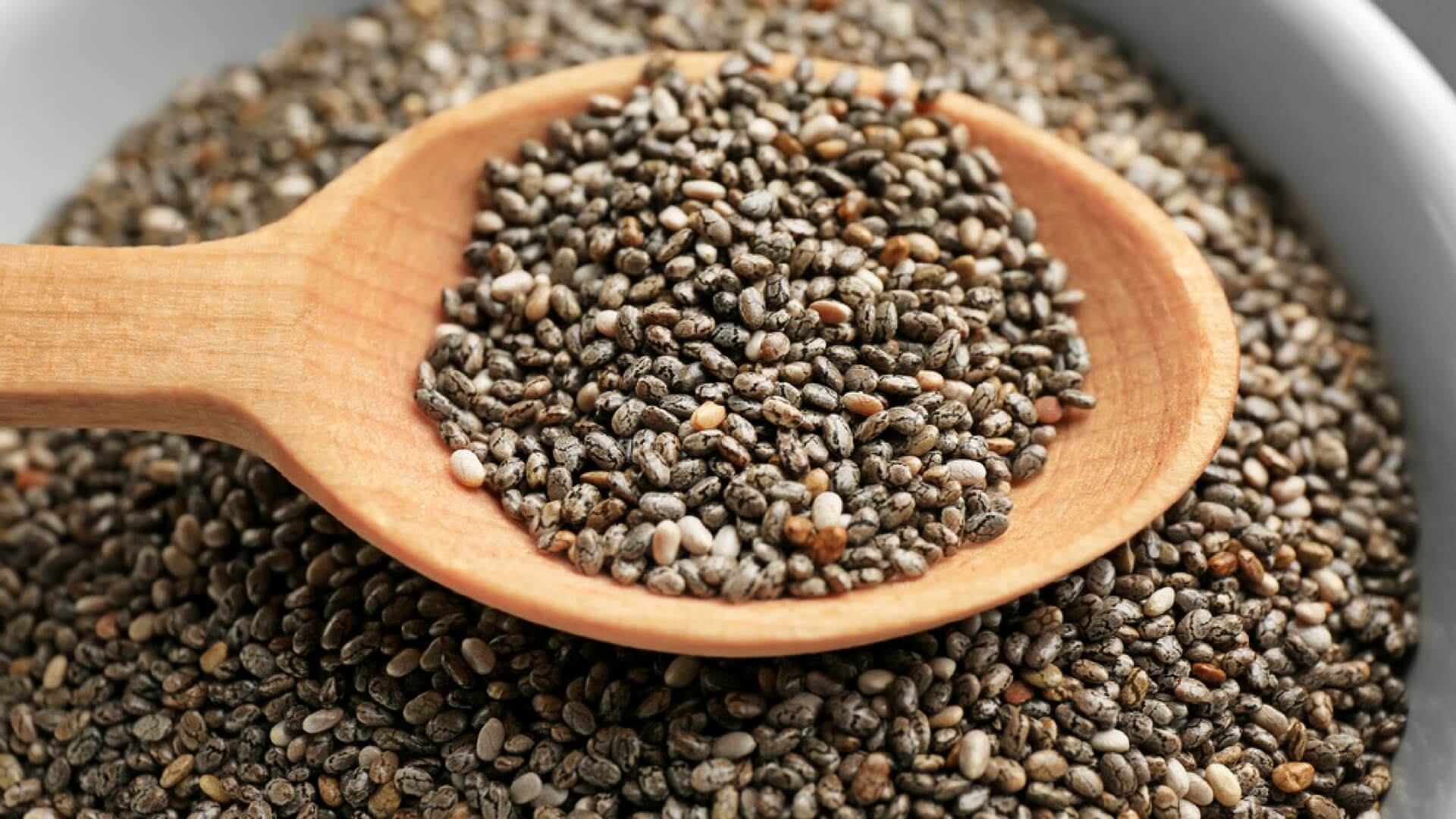

CHIA SEEDS For such a tiny seed, chia has a huge nutritional profile. They are high in fiber, making them great for digestion and bowel health, and contain calcium and heart-healthy omega-3s. They can absorb ten times their weight in water, which totally transforms their texture, and can help you feel full longer. Available in either black or white varieties and purchased whole or ground, they are on the more expensive end of the superfood spectrum, but a little goes a long way: 1–3 tablespoons per day are plenty.
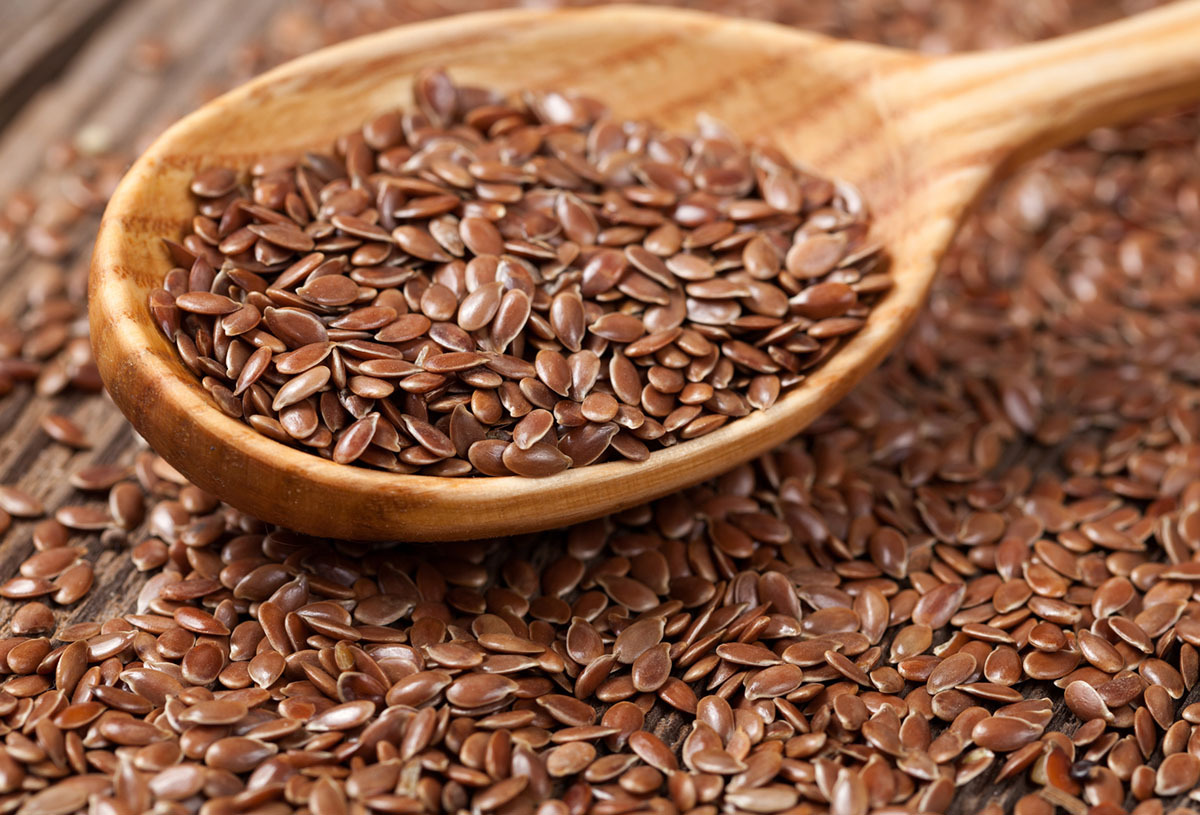

FLAX SEEDS These little seeds are high in fiber and essential fatty acids; flax is one of the best dietary sources of omega-3 essential fatty acids, has both anti-inflammatory and antioxidant properties, and promotes cardiovascular and colon health. Although I do enjoy the texture of these seeds whole, in order to really benefit from them they are best absorbed if eaten ground or milled. You can buy ground flaxseed, or use a small spice grinder or coffee grinder to pulverize them yourself. Flax is an amazing source of compounds known as lignans, which have been shown to protect against cancer, particularly hormone-related cancers such as breast, uterine, and prostate. Flax oil is also available and, like hemp oil, should only be used raw in dressings, sauces, or added to smoothies as a supplement.
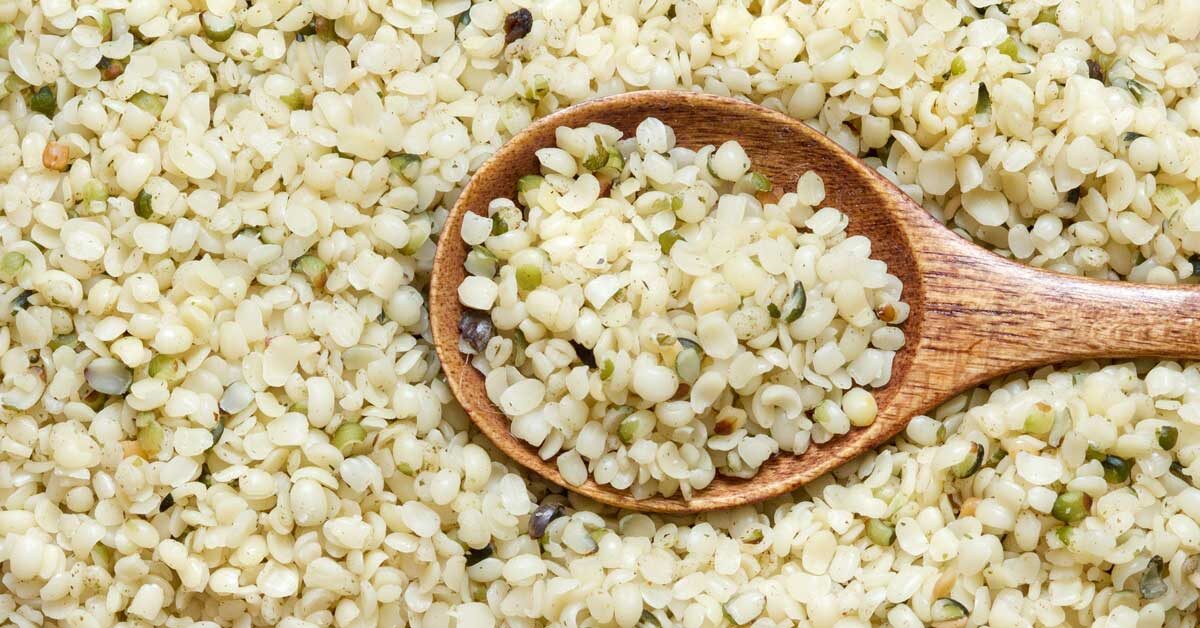

HEMP SEEDS Shelled hemp seeds, also known as hemp hearts, have a smooth, nutty flavor and will fill your body with essential fatty acids, specifically heart-healthy omega-3s and omega-6s, in a well-balanced ratio. They are an excellent source of protein, magnesium, and fiber, and have also been shown to reduce inflammation and balance hormones. They are an easy and delicious way to make dishes creamy—I sprinkle them on everything! Hemp oil is also available and has the same signature nutty flavor as the hulled seeds; this can be used raw in dressings, sauces, or added to smoothies as a supplement, but should not be used in cooking due to its low smoking point.
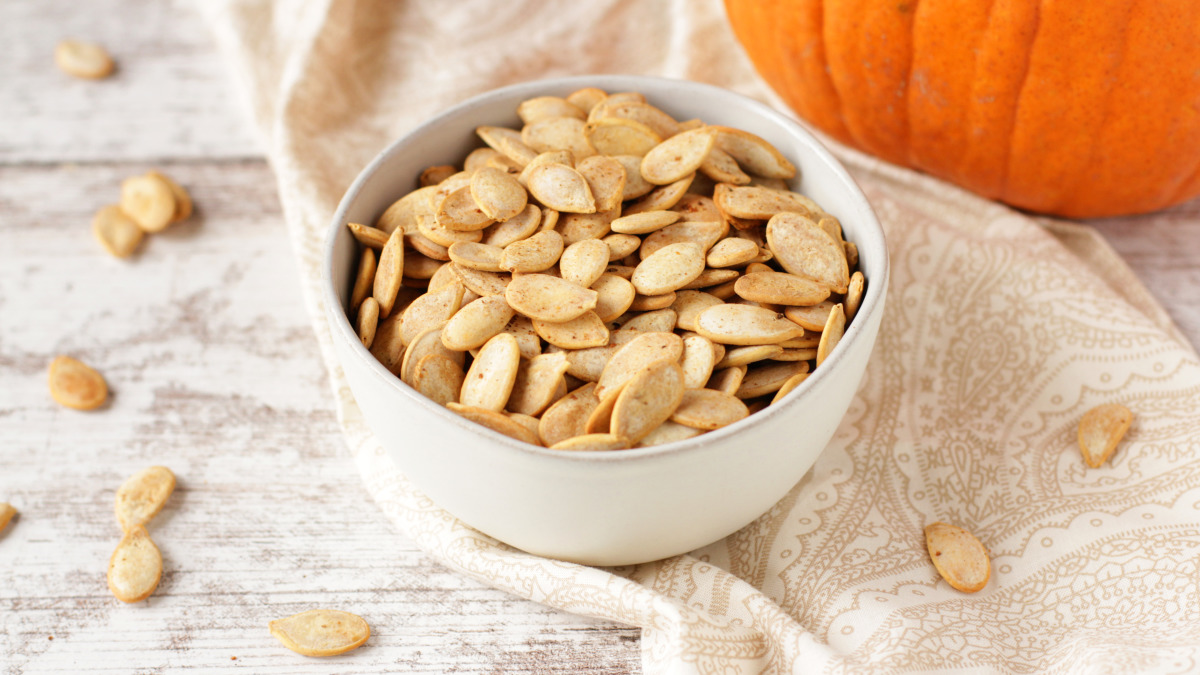

PUMPKIN SEEDS These green seeds, also known as pepitas, are the hulled seeds of a pumpkin. They are tasty little things, rich in iron and magnesium and high in protein: a 1 oz (30 g) serving has more protein than an egg. They’re also an excellent source of fiber and the heart-healthy amino acid tryptophan. Add them to trail mix, granola, and cookies as a great source of nut-free protein, making them school-safe too. Opt for raw, unsalted seeds, and if desired you can roast them yourself with a few pinches of sea salt or tamari.
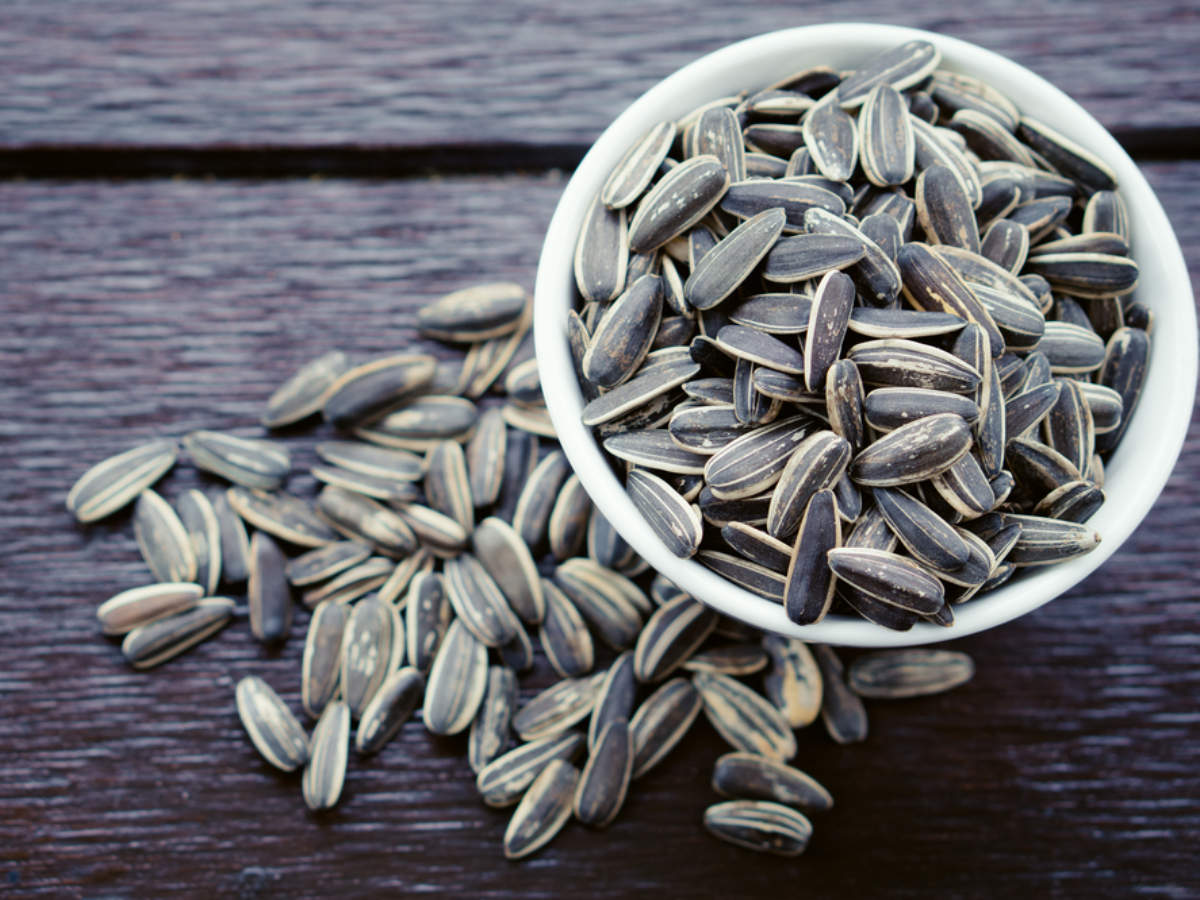

SUNFLOWER SEEDS Sunflower seeds are another winner in the plantbased protein camp. They’re also a great source of magnesium, copper, dietary fiber, B vitamins, vitamin E, and linoleic acid. They are great by the handful as a snack, and as a topping for soups, salads, and cereals.
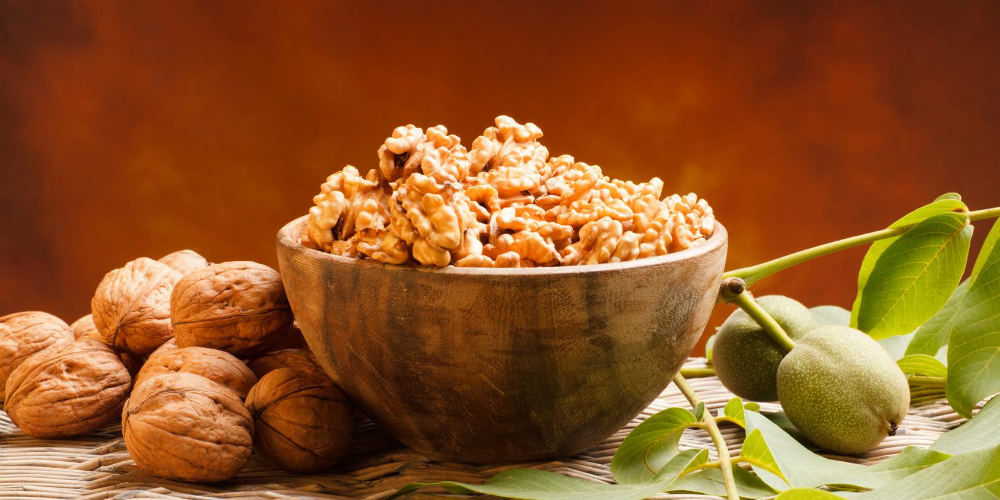

WALNUTS Walnuts are plentiful in omega-3s to support brain and heart health, ellagic acid to support immune function, and are a good source of magnesium, copper, and plant-based protein. Although nuts do have a high fat content, multiple studies have shown that regular nut eaters are lower in weight than those who don’t regularly consume them.
2. GRAINS AND LEGUMES
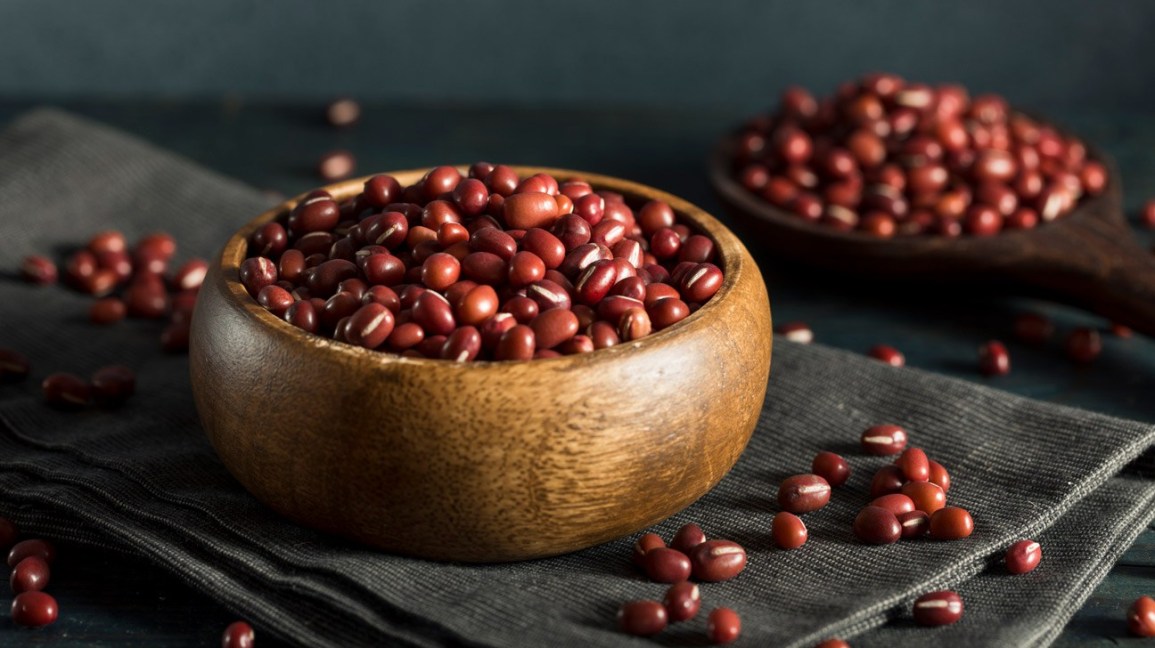

ADZUKI BEANS These little red beans have been widely used in traditional Japanese sweet and savory dishes as well as in macrobiotic diets. They are becoming increasingly common now, and I like them because they’re rich in protein but don’t seem to cause the same gastrointestinal distress that some experience when consuming beans. They have been shown to normalize blood sugar, and are a rich source of fiber—helping to stabilize cholesterol vitamins, and minerals, including vitamin A, folate, phosphorus, and magnesium.
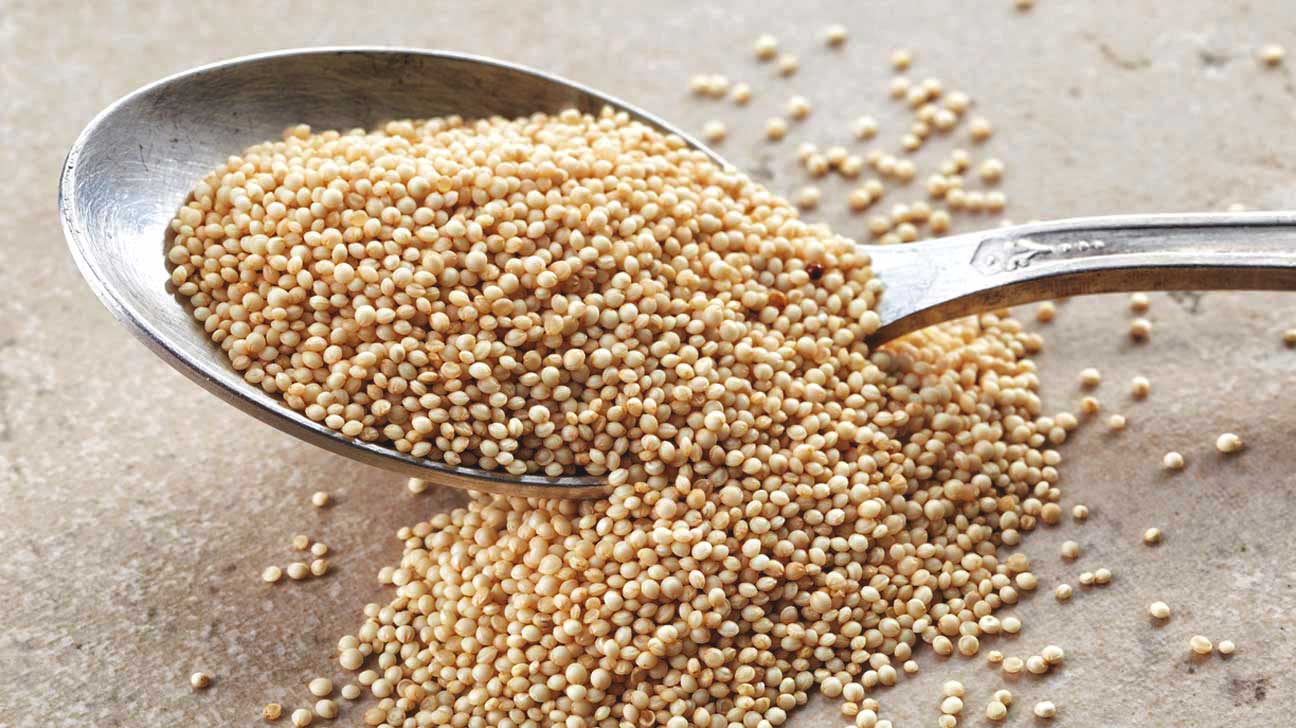

AMARANTH Like quinoa, amaranth is a pseudo grain. It’s a really small seed that doesn’t “fluff” up as it cooks, similar to polenta. It can also be popped like miniature popcorn! It’s a good gluten-free source of protein and fiber, and provides 30 percent of your daily iron needs as well as 12 percent of calcium and a whopping 40 percent of magnesium.
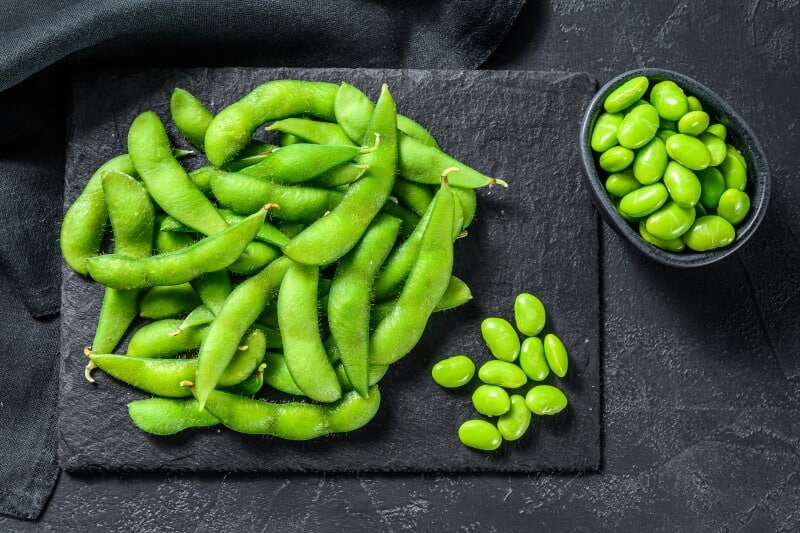

EDAMAME Packed with protein, these little greensoybeans are also a good source of minerals such as calcium, iron, magnesium, phosphorus, potassium, copper, zinc, sodium, and manganese as well as vitamins B6, C, E, and folate. They also contain isoflavones, compounds that may be beneficial in managing agerelated skin changes in post-menopausal women. Edamame are also plentiful in dietary fiber, which helps maintain a healthy digestive system. You may find fresh edamame at a local farmers’ market, but otherwise look in the frozen aisle of the grocery store. As with all soy products, opt for organic where possible.


OATS Oats are so common that you might wonder why they’re considered a superfood, but they’re a healthy carb choice that can help to lower cholesterol and control blood pressure. They’re also high in a starch compound called beta-glucan that helps to stimulate the immune system, and they help you stay fuller for longer so they may be useful in weight control. Look for old-fashioned rolled oats or steel-cut oats—the instant varieties don’t have the same healthbenefits as they’ve been excessively processed. Pulse oats in your food processor or high-powered blender to make your own oat flour.
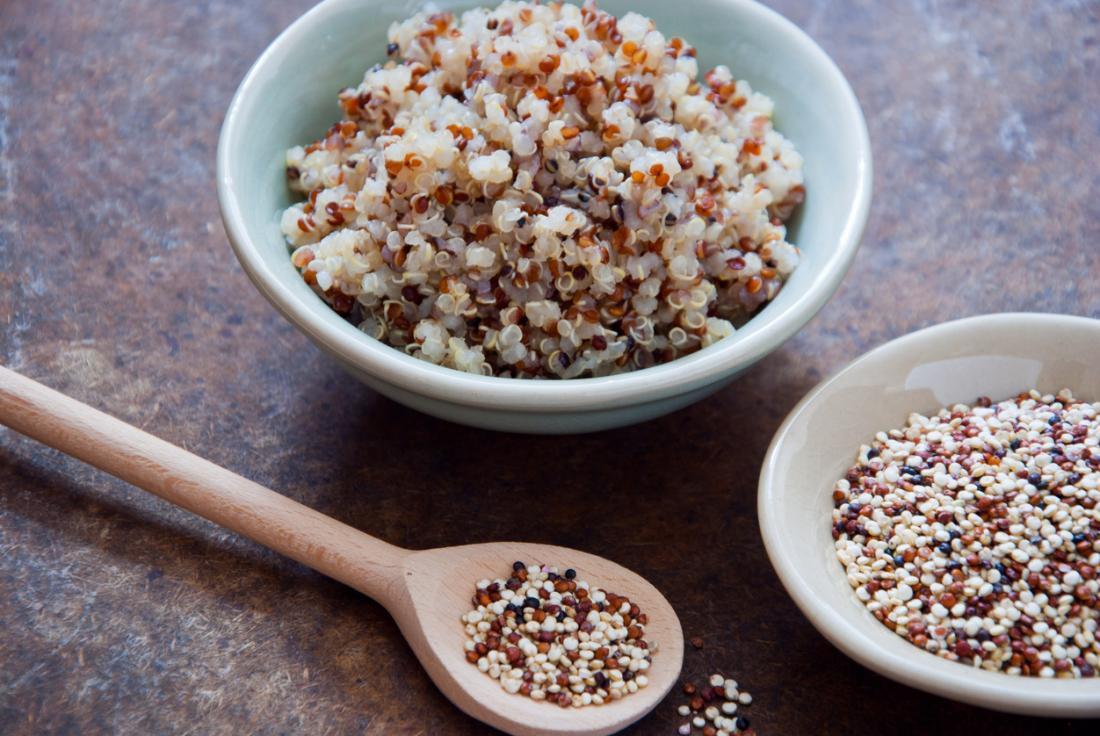

QUINOA Although it is often grouped into the category of grains, quinoa is actually a seed so it’s referred to as a pseudo cereal or pseudo grain crop. This doesn’t make it any less of a superfood, though! Quinoa is a powerhouse of protein and is a very good source of manganese, copper, iron, folate, phosphorus, and zinc. Its high magnesium content may help to curb migraine headaches, and it has also been shown to have anti-inflammatory properties. Quinoa is gluten-free and a quick grain to prep—it’s great in salads, wellness bowls, porridge, and even burger patties.
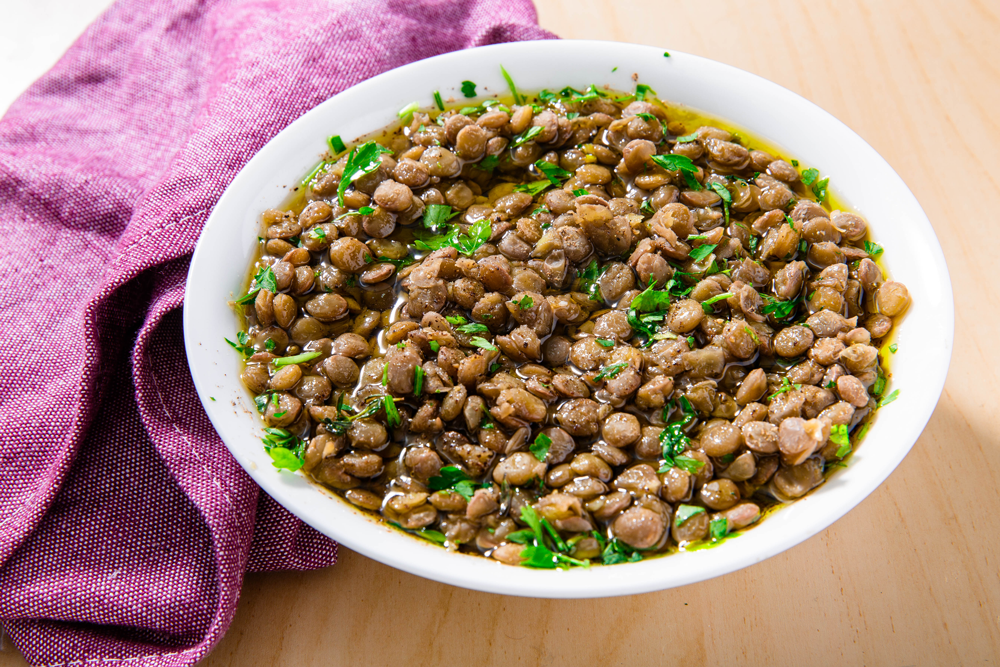

LENTILS High in fiber, protein, and carbohydrates, and low in fat, lentils may be the most nutrient-dense of all legumes. There are several varieties available: Green (French) or black (beluga) lentils hold their shape when cooked, while red and yellow lentils become soft and thick. Aside from the fact that they’re good for you, they’re also super quick to cook and don’t require soaking like other dried legumes; I love them in soups, salads, pasta sauces, and even in baked goods.
3. SPICES AND SEASONINGS


CINNAMON Fragrant cinnamon has been shown to have many healthsupporting properties. It contains phytochemicals that can help to combat a yeast overgrowth known as candida, and also has antiinflammatory compounds that can help to reduce pain from muscle and joint stiffness. In addition it can be used to relieve abdominal pain associated with gas and nausea, and reduce menstrual pain.
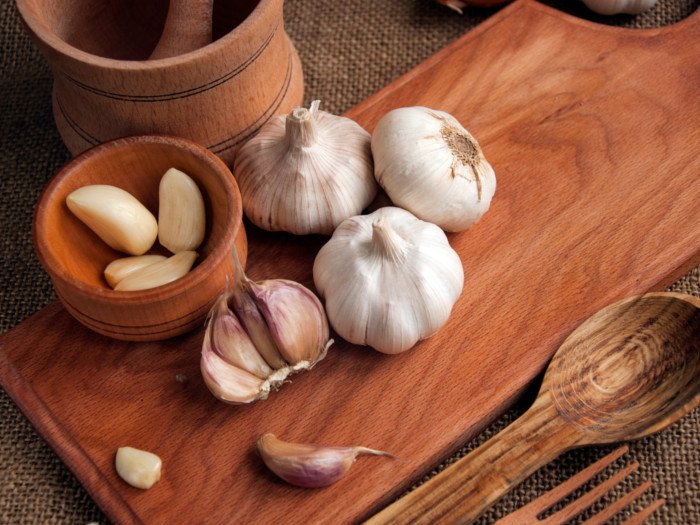

GARLIC Although its reputation is for giving us stinky breath, garlic has long been used therapeutically as an expectorant, making it useful in treating asthma, coughs, and respiratory issues. It contains phytonutrients that have indicated it may protect against coronary artery diseases, infections, and cancers, and it is also one of the richest sources of potassium, iron, calcium, magnesium, manganese, zinc, and selenium. To benefit from the heart-healthy compound known as allicin, be sure to mince or crush garlic before using it.
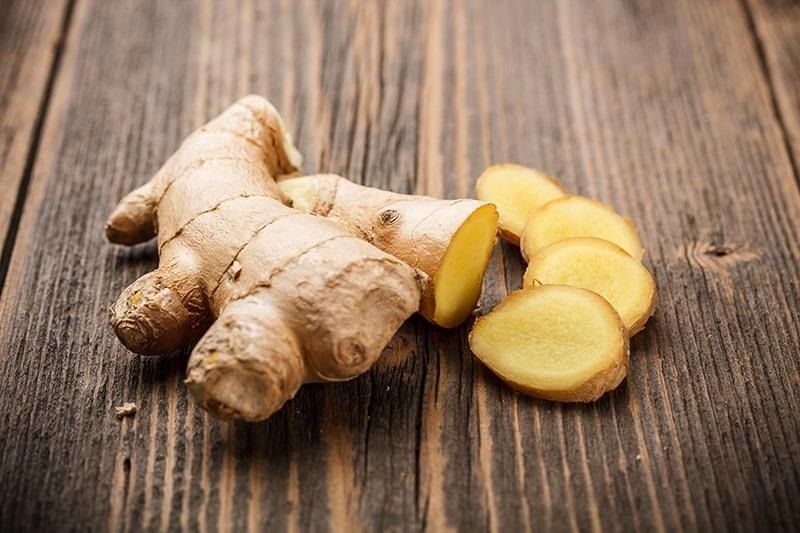

GINGER If ever I indulge too much and feel a little sick, I turn to ginger. For me, all it takes is 1 teaspoon of minced ginger steeped in hot water and my tummy is settled. It has a history of being used as an antiseptic, a digestive tonic, and also as an expectorant and remedy for fever as it can promote perspiration. To reap the benefits, it’s best used fresh, but even dried ginger can add a punch of flavor to sauces, dressings, and baked goods.
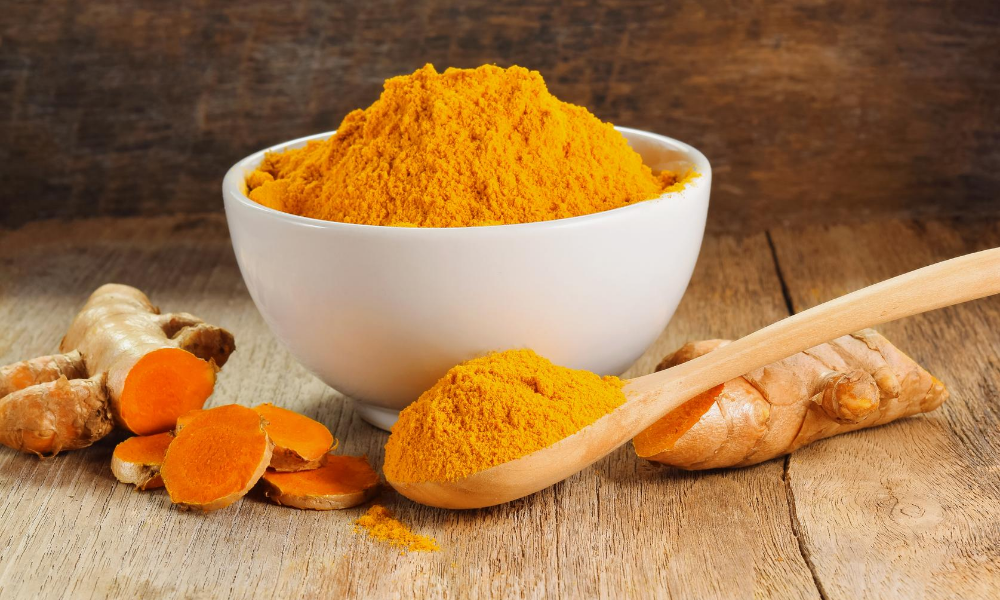

TURMERIC We are all familiar with the dried spice common to Indian cooking and curry powders, but turmeric root—a relative of ginger — is often available too; it looks similar to ginger until you slice it open and a brilliant orange-yellow is revealed. Turmeric is believed to help maintain a healthy heart and blood vessels, aid detoxification, and has antiseptic, antibacterial, and antiinflammatory properties. Curcumin, the major active component in turmeric, has been used in the treatment of arthritis and carpaltunnel syndrome, and studies have also shown it to have antitumor effects.
4. ANCIENT SUPERFOODS
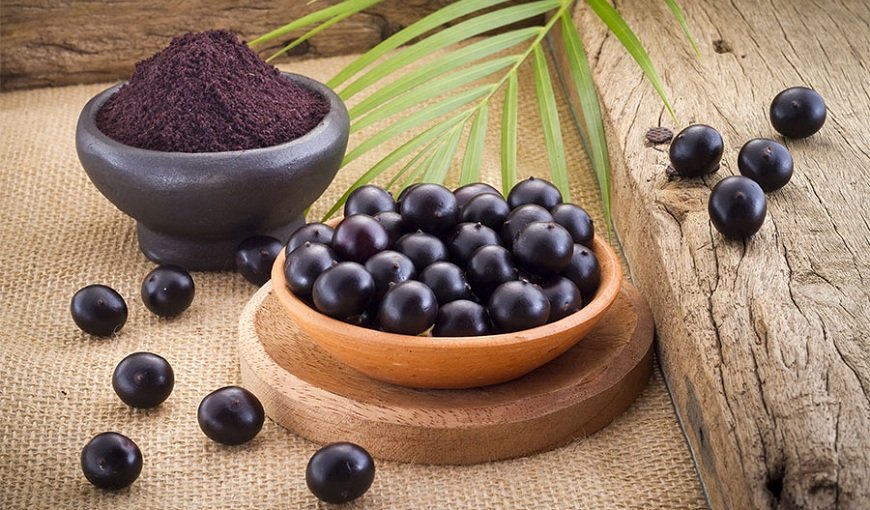

ACAI Acai is a berry that originates in the Amazon rainforest. Unless you’re local to the Amazon, you’re not going to have access to the fresh fruit, but you can find it in frozen purée form (perfect for smoothies), as a juice, and as a dried powder. It’s a source of potent antioxidants as well as fiber, iron, vitamin A, omega fatty acids, and calcium. It is expensive, so it may be more of a treat than an everyday superfood.
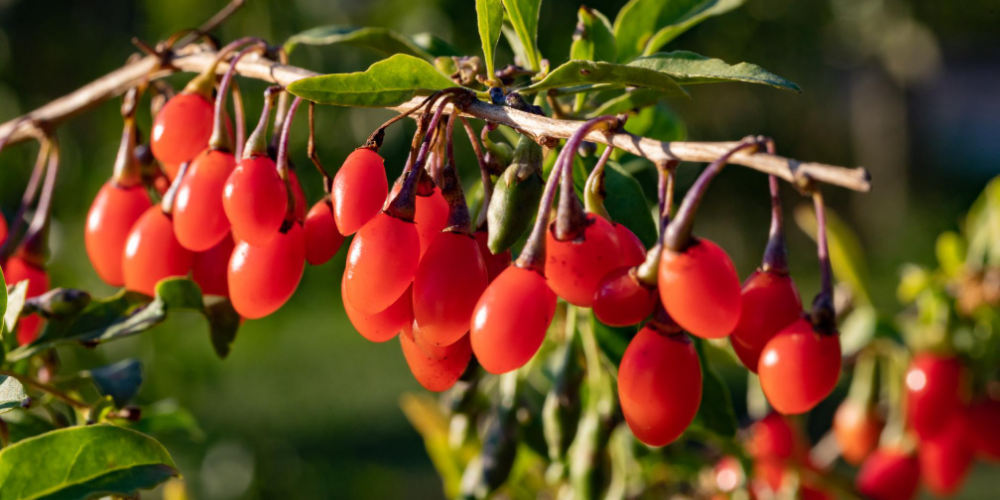

GOJI Goji berries are the fruit from a mountainous shrub native to China and Tibet. Perfect for adding to oatmeal, smoothies, and cookies, or just for snacking on their own, they’re sold dried like raisins, and you’ll recognize them for their bright pink hue. High in antioxidants and carotenoids such as beta-carotene, it is believed they may help eyesight. They contain over 18 amino acids, 21 trace minerals, and substantial amounts of vitamins B1, B2, B6, C, and E.
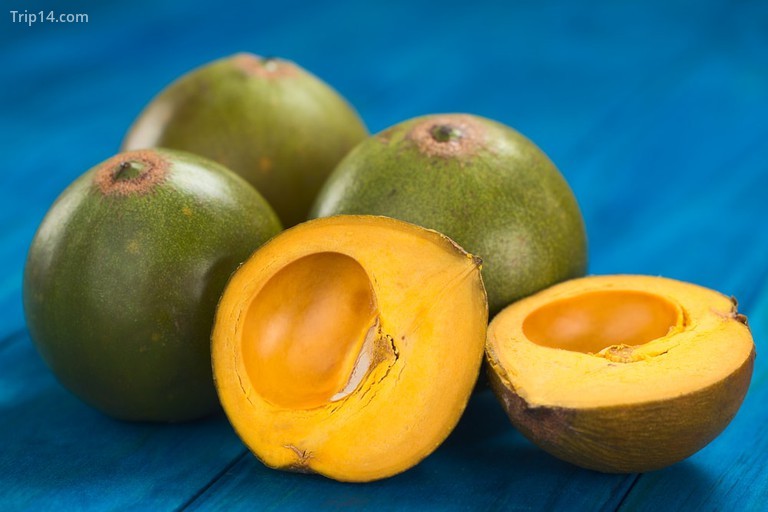

LUCUMA Lucuma is a fruit that originates in Peru. After being dried at low temperatures, it’s ground to a powder and is used as a mild sweetener. I find its flavor to be a cross between butterscotch and maple syrup. It has a low glycemic index (GI) rating and is high in beta-carotene and vitamin B3, which contributes to energy production. It has also been shown to contain wound-healing and antiaging properties as well as antimicrobial and antibacterial properties.
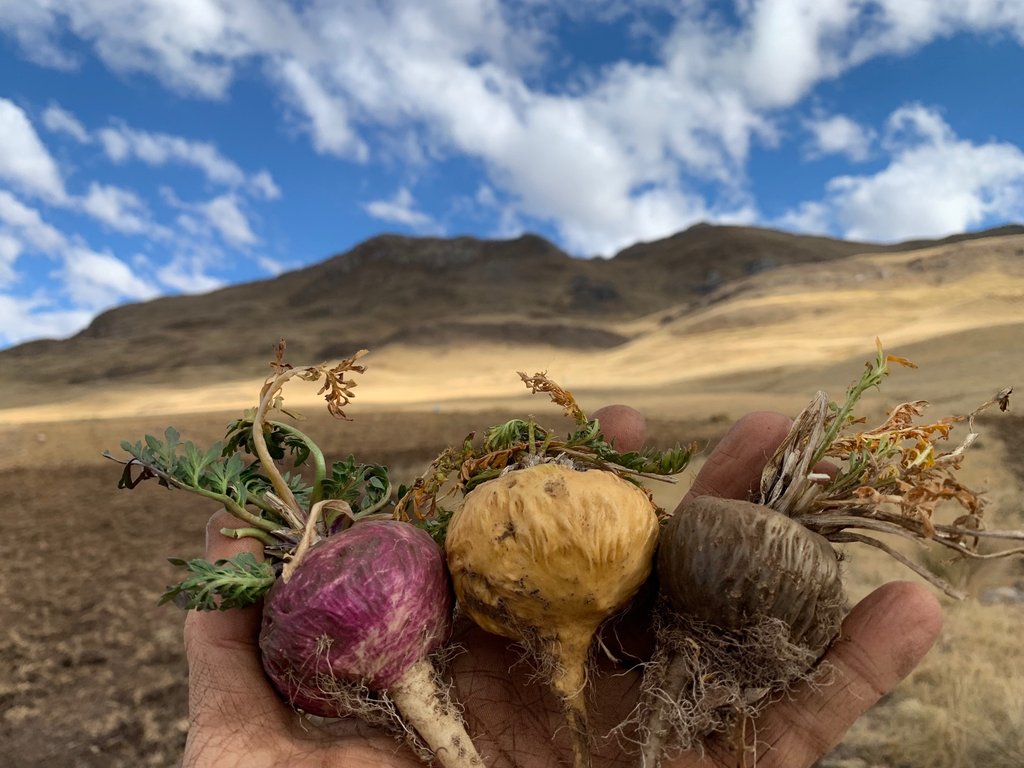

MACA Maca powder has been used over the ages for its potent nutritional qualities. It’s part of the radish family, and once the roots have been harvested they’re dried and ground to a fine powder, whichprovides calcium, zinc, iron, magnesium, and phosphorous, and is rich in vitamins B, C, and E. It’s also been shown to boost energy and libido while balancing hormones. I find it has a malted caramel flavor, perfect for desserts.
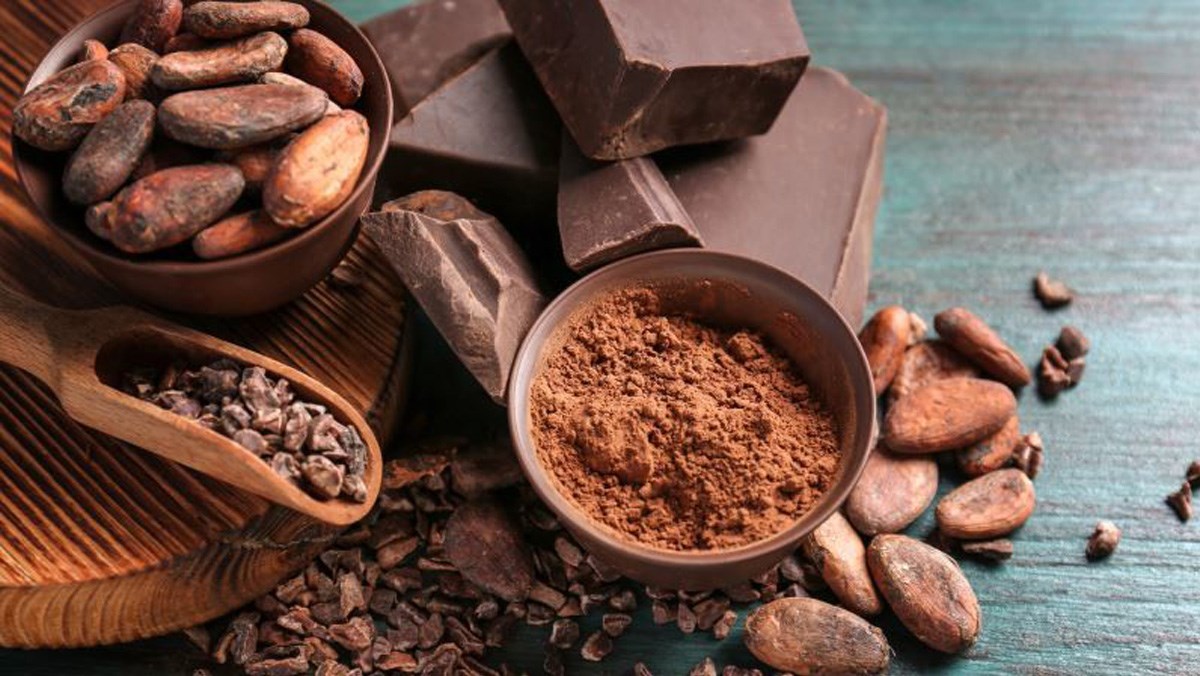

CACAO All true chocolate begins with cacao. Once it is refined and processed, raw cacao becomes cocoa powder, which still retains certain health benefits, but the raw cacao has them all. Most commonly found in powder form and as unsweetened nibs, cacao provides minerals such as magnesium, chromium, iron, zinc, copper, and manganese. It’s also a concentrated form of fiber and contains potent antioxidants which may help to improve cardiovascular health and strengthen bones. Cacao stimulates the nervous system, improves mood, and is even claimed to be a natural aphrodisiac.
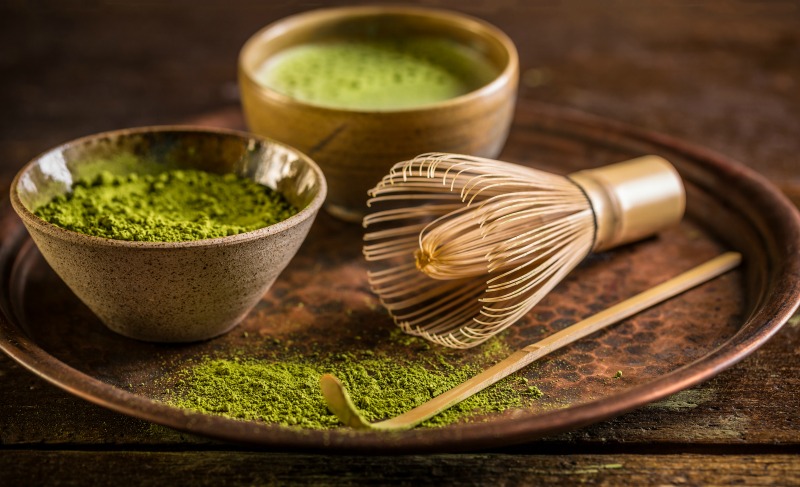

MATCHA We have all heard that green tea is high in antioxidants, so that would make matcha a super green tea. It is made from the entire green tea leaf, which is ground into a very fine powder, so you are drinking a chlorophyll-rich dose of antioxidants— some suggest it has ten times the benefit of a steeped green tea. It has a slightly grassy flavor and is somewhat of an acquired taste, but once I tried it mixed with steamed almond milk I was hooked. It is both energizing and has anti-inflammatory properties too.
5. FRUITS
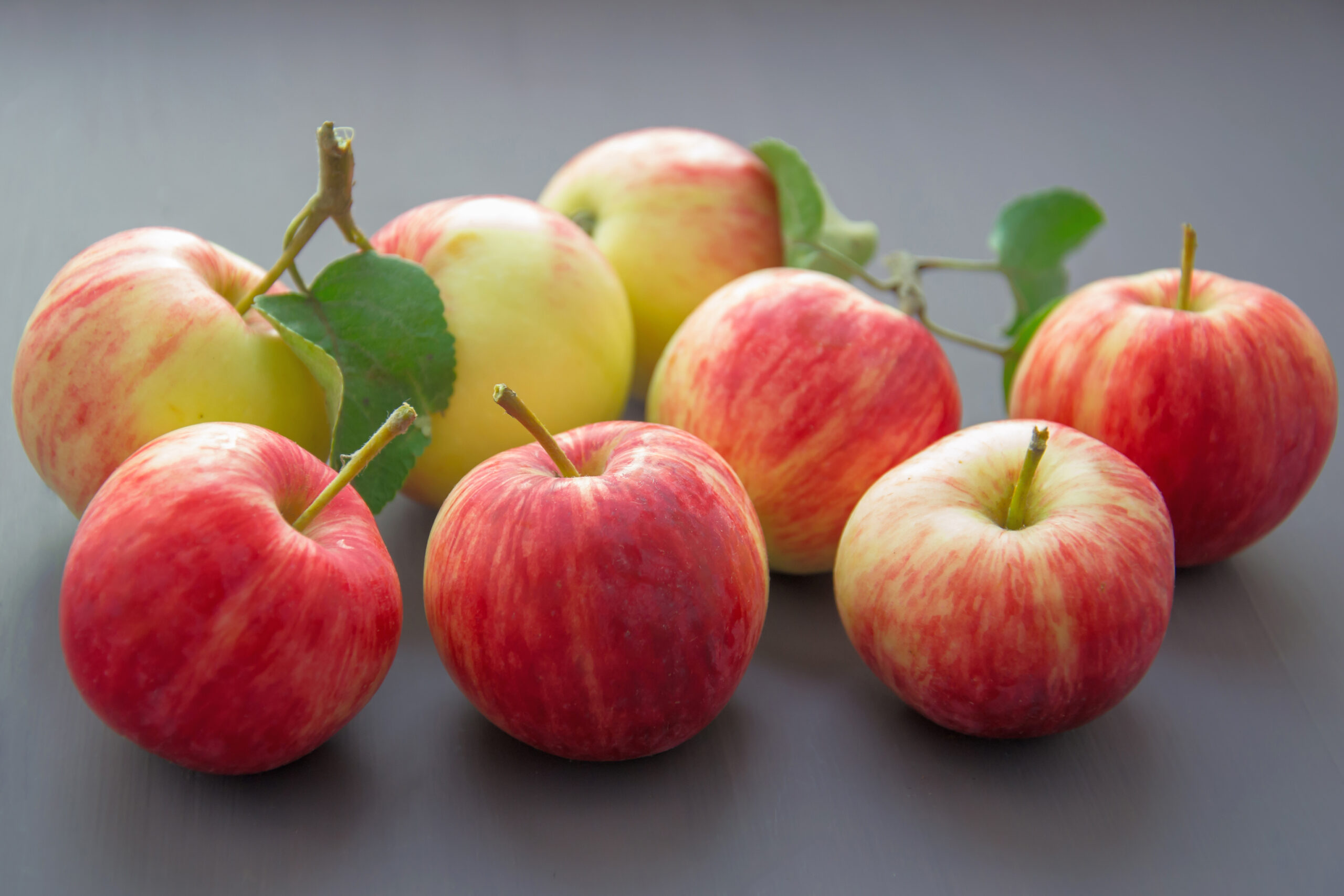

APPLE Apples are a great source of fiber and vitamin C, helping to balance blood sugar levels, boost digestion, and reduce inflammation. Red-skinned varieties contain anthocyanin antioxidants. Always opt for organic apples where possible.


AVOCADO Beautiful creamy avocados are rich in fiber as well as vitamins A, B6, C, E, K, and folate. They may be high in fat, but much of that fat is the heart-healthy kind. They are so versatile, and can be eaten on toast, in a salad, in place of mayo or butter in a sandwich, in raw desserts, and even used to thicken smoothies.
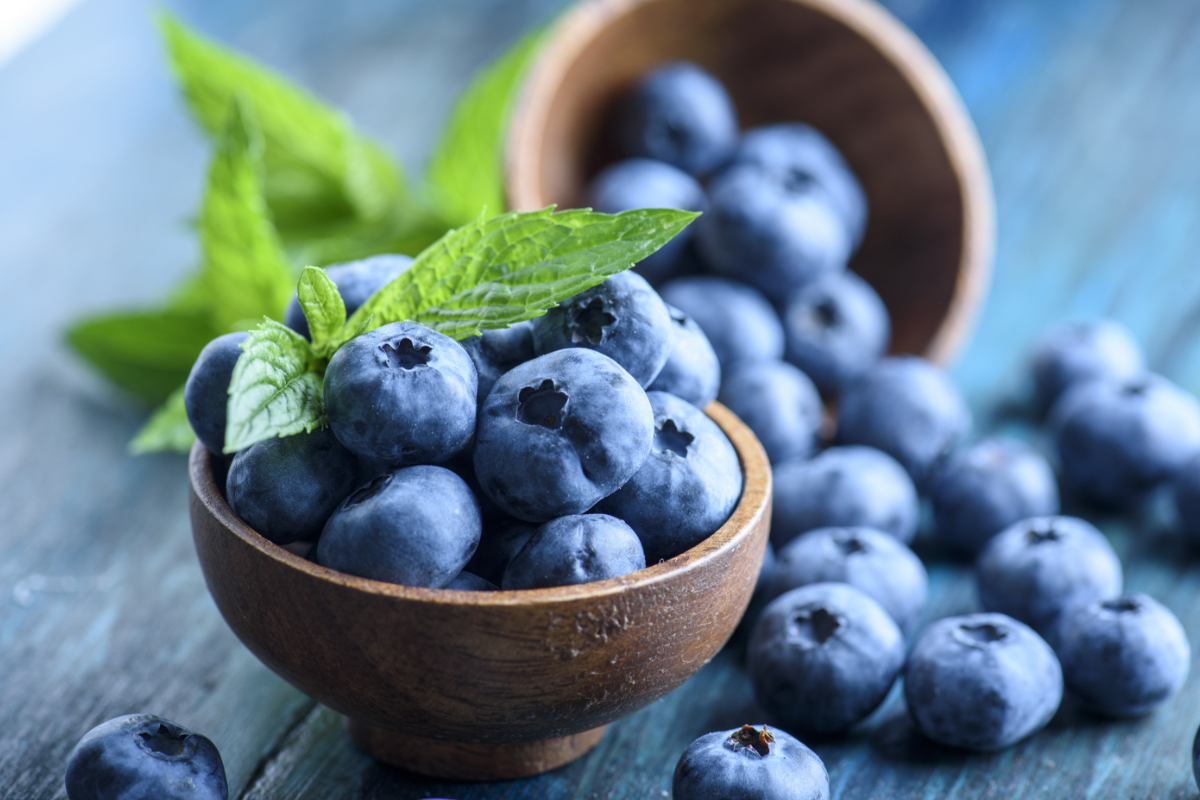

BLUEBERRIES These berries have had a superfood buzz surrounding them for years, and for me they are still the first food that comes to mind when I hear the word “antioxidant.” Most notably, they have a huge store of proanthocyanidins, which protect against cell degeneration, and are plentiful in vitamin C and fiber.
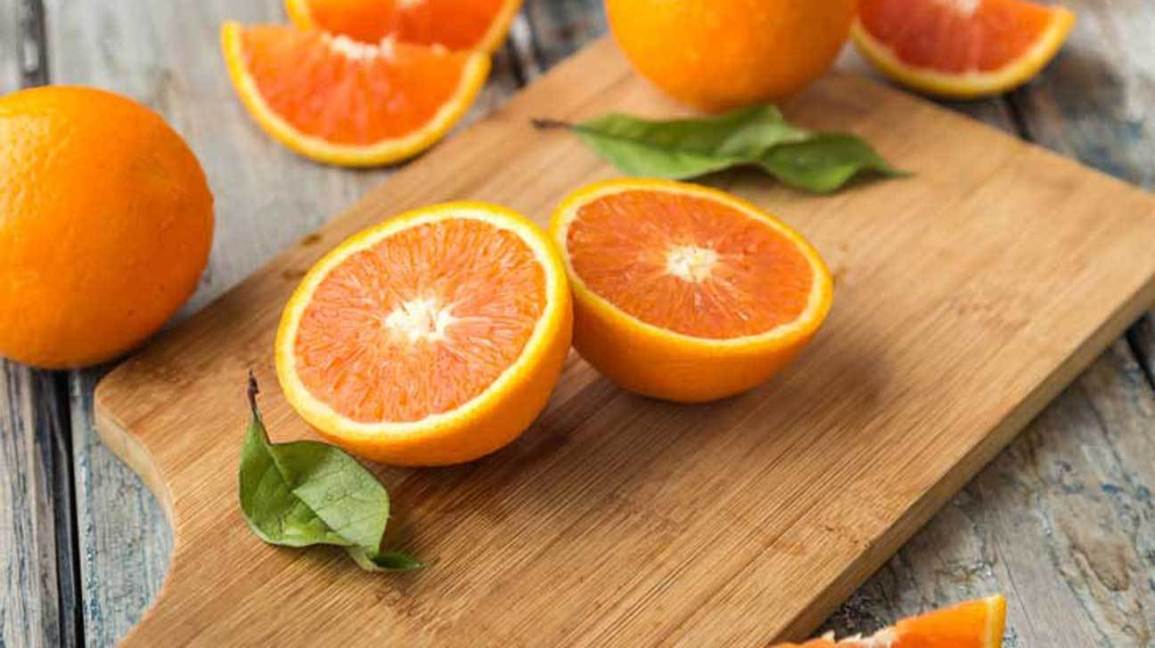

CITRUS FRUITS There are so many amazing qualities to citrus fruits, just as there are so many delicious varieties. The most common lemons, limes, and oranges—all have a high vitamin C content, which helps the body make use of other vitamins and minerals. Limes are alkalizing, and fresh lime or lemon juice with warm water first thing in the morning is an excellent way to start the day and good for liver andkidney function. Lemons have antibacterial properties, aid digestion, and are also a mild diuretic. Oranges also have high concentrations of vitamin A, antioxidants, flavonoids, potassium, calcium, magnesium, and dietary fiber.
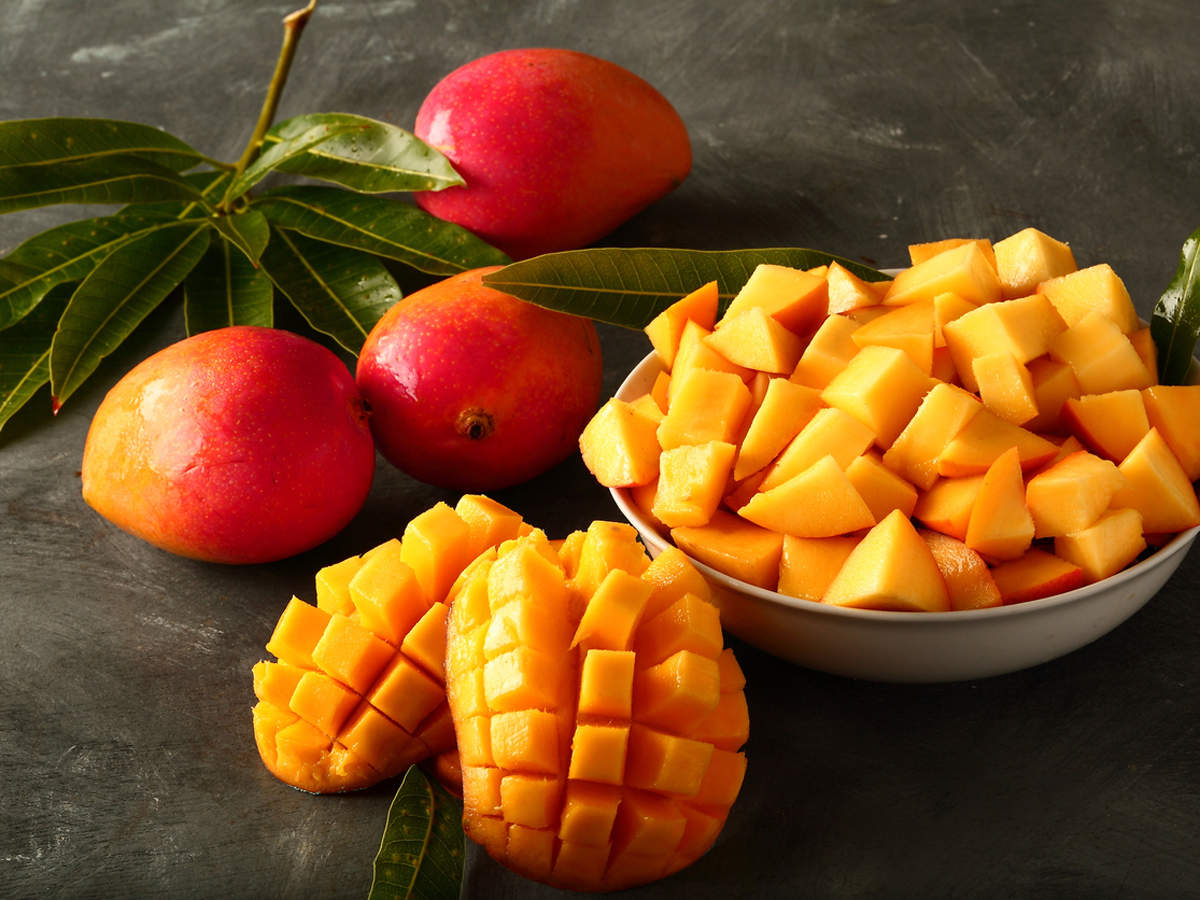

MANGO This tropical fruit is rich in vitamin C and beta-carotene. It contains enzymes that help the body break down protein, so it’s great when paired with plant-based proteins such as edamame and hemp seeds. There are two common varieties: large green mangoes, and smaller, sometimes sweeter, yellow-skinned Ataulfo mangoes.
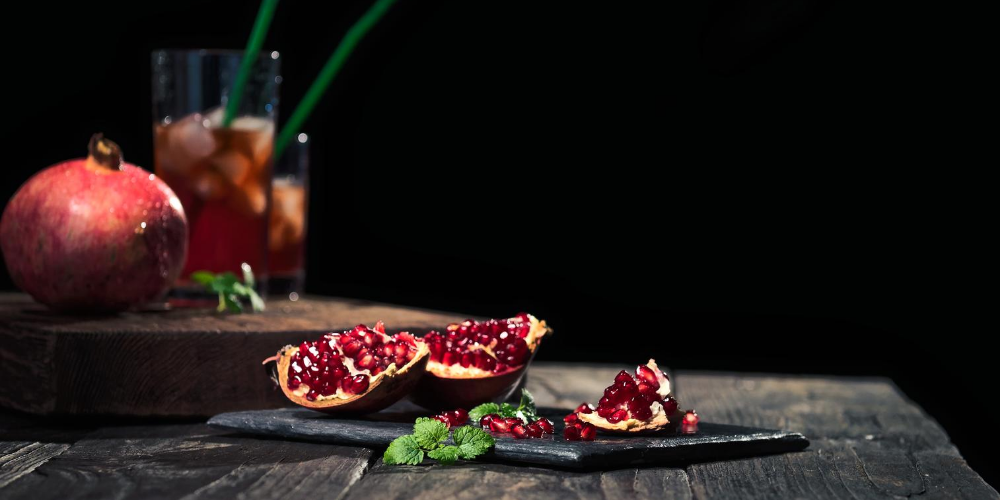

POMEGRANATE Pomegranates are the beautiful pink and red fruits that come into season around the Christmas period. Their juicy seeds (arils) vary from sweet to tangy; I love them and can eat them by the spoonful. Both the juice and the seeds have been shown to have antimicrobial and astringent qualities that both purify and detoxify. They are rich in potassium, phosphorus, sodium, magnesium, and calcium as well as vitamins A, B, and C.
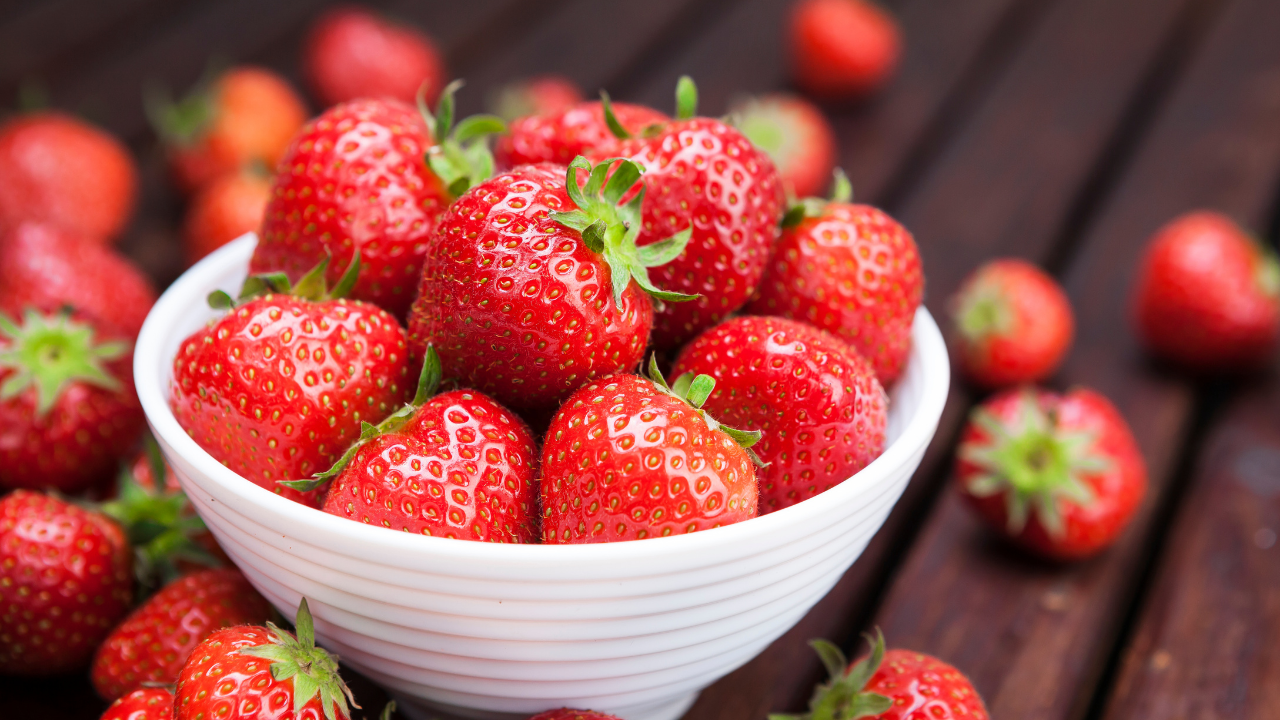

STRAWBERRIES Strawberries are a rich source of vitamin C and are high in antioxidants and a flavanol compound known as fisetin, which is thought to protect against cancer. They have anti-inflammatory properties and are an excellent source of manganese, which is essential in maintaining bone health. Smaller, sweeter field strawberries are my favorite, but whether from a farm or a grocery store, always opt for organic where possible.
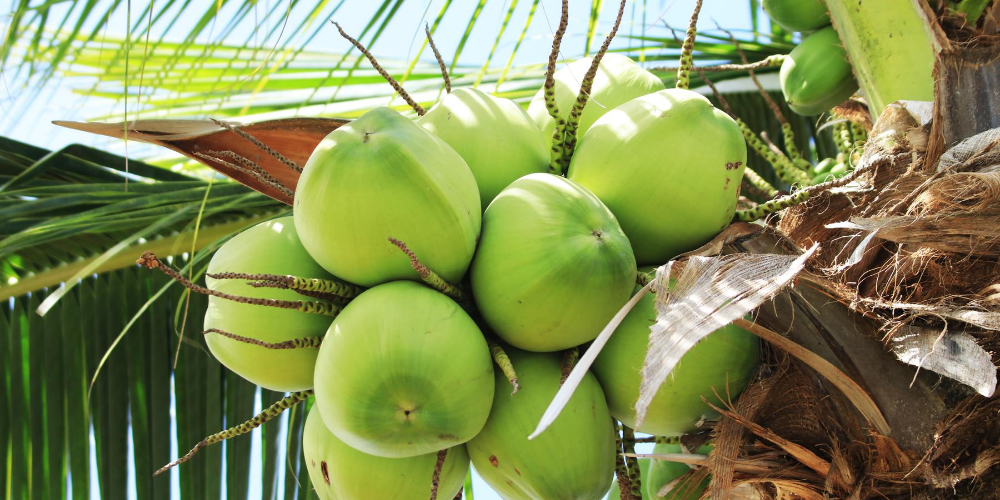

COCONUT Coconuts have something of a bad reputation for being high in fat, however research has shown that they have amazing qualities for both nutritional and health needs. Coconut oil has antibacterial, antifungal, and antiviral properties and is a wonderful fat to consume, becoming available to our body as energy almost immediately. The oil is also a good plant source of lauric acid, which helps support a healthy immune system. Coconut milk is energyand calorie-dense, but it is also rich and creamy and good for curries, desserts, and whipped cream. I consider it a wonderful ingredient for occasional use. Coconut meat is high in protein, iron, magnesium, zinc, and folate. It’s easily found in dried, shredded, or flaked form (opt for unsweetened varieties), or if you’re lucky you can source fresh coconuts.
6. VEGETABLES
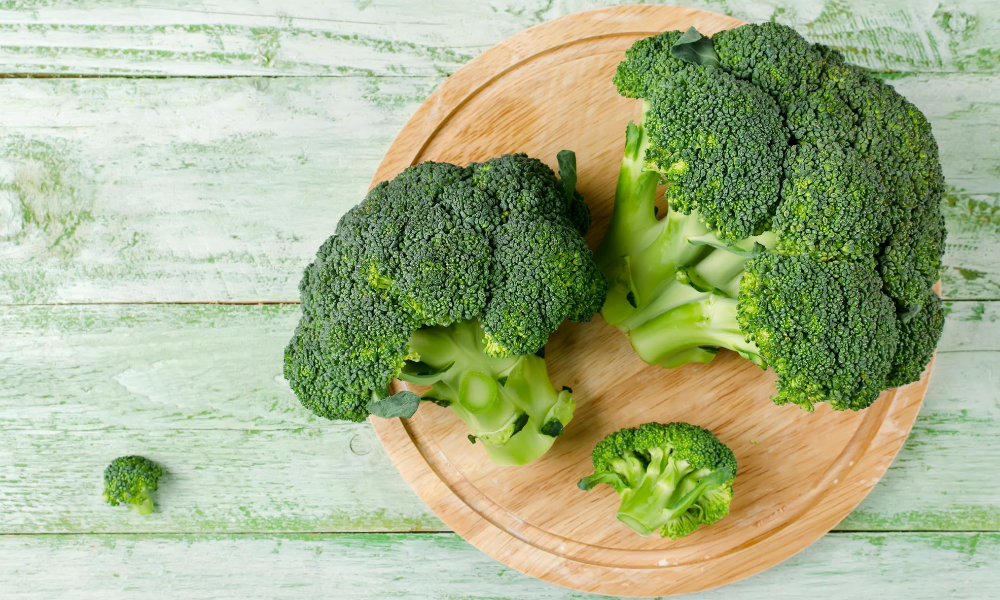

BROCCOLI Like its Brassica family members, broccoli is a good source of vitamins A, C, K, and folate, all of which have incredibly important health-promoting roles. It also contains anti-inflammatory, cancerpreventing glucosinolate compounds. And remember: Don’t throw out those stems—they are delicious and can be peeled and sliced into salads and stir-fry dishes.
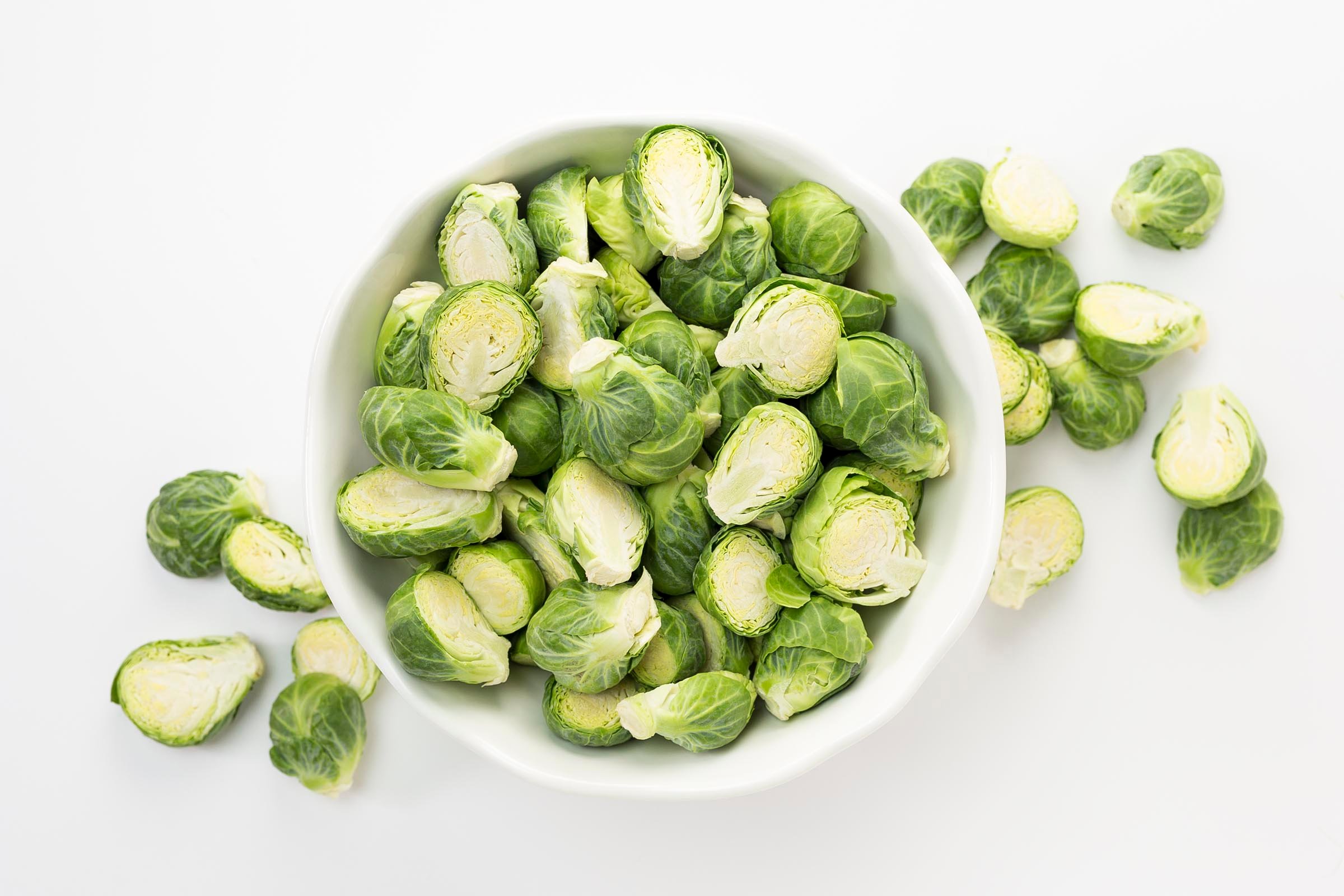

BRUSSELS SPROUTS Brussels sprouts may assist in lowering cholesterol and reducing inflammation and are packed with vitamins K, C, and folate. As with broccoli, they also contain cancer-preventing glucosinolate compounds. And they look like cute mini cabbage heads — win!
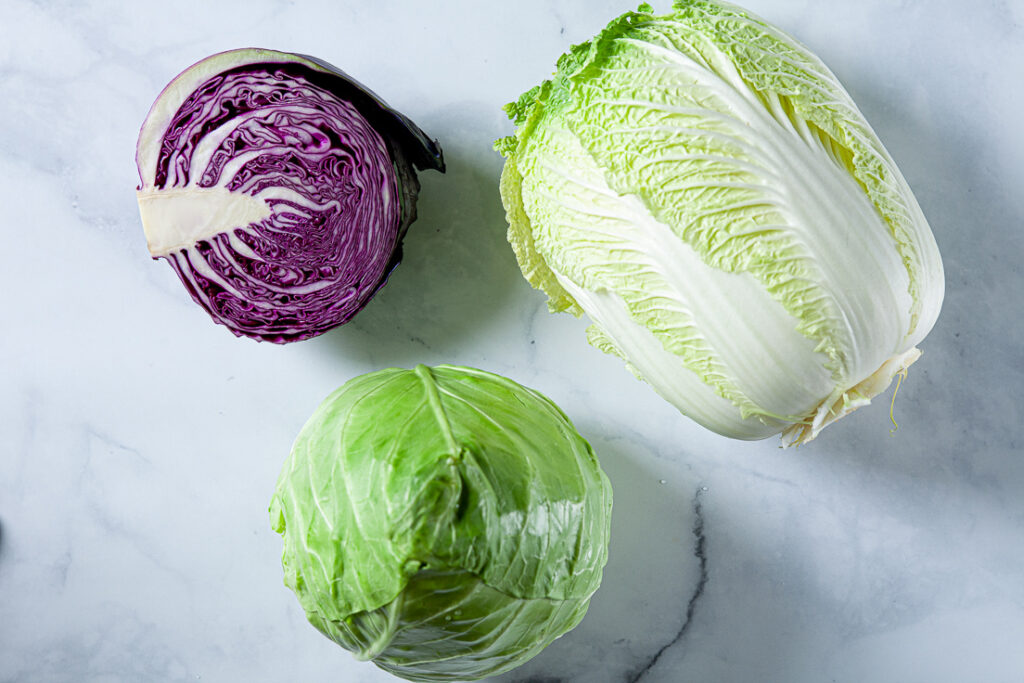

CABBAGE A good source of thiamin, magnesium, and phosphorus, as well as dietary fiber, calcium, and vitamins B6, C, K, and folate, crunchy and refreshing cabbage is not to be missed—and there are so many varieties to choose from.
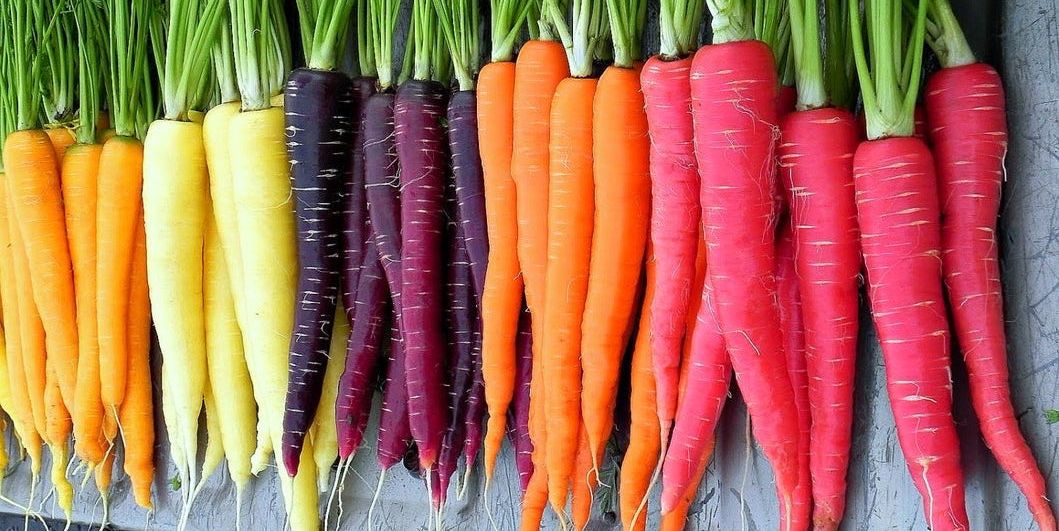

CARROT As well as the more common orange variety, carrots are also available in purple, red, and yellow hues. They are rich in vitamins A, C, and K, potassium, dietary fiber, and both alpha-and beta-carotene antioxidants, which are needed for eye health and wellness.


KALE Kale is a great source of calcium, vitamin B6, and also has antiinflammatory properties. With huge amounts of vitamin K (1 cup/70 g raw kale has almost 700 percent of your daily intake), kale is an incredible source of the vitamin responsible for blood clotting and bone health. It also contains cancer-preventing glucosinolate compounds. Always opt for organic kale where possible.


PUMPKIN Pumpkin contains many health-supporting compounds, such as alpha-and beta-carotenes and zeaxanthin. Carotenes are precursorsto vitamin A and support normal growth, immune system function, and eye health. Use pumpkin purée in smoothies, puddings, oatmeal, soups, and baking.


SPINACH Spinach is high in calcium, iron, vitamins A, B, E, K, and folate—and a rich source of lutein, a carotenoid that supports eye health. Always opt for organic spinach where possible.
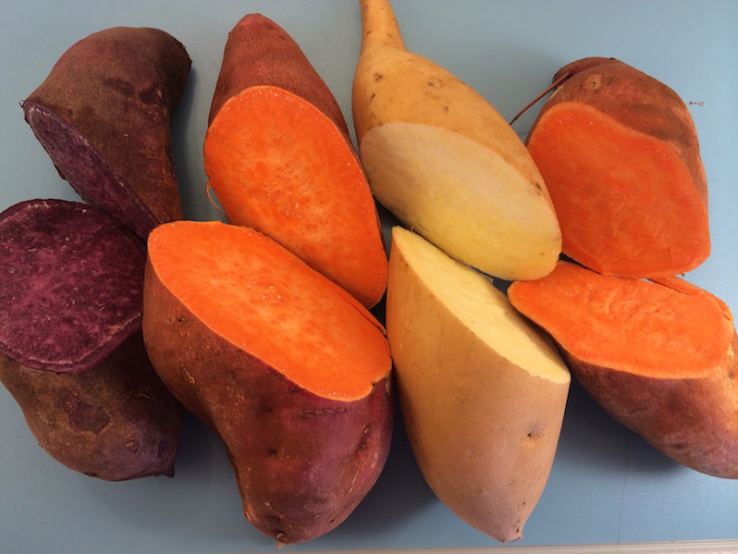

SWEET POTATO Vitamin A-and potassium-rich sweet potatoes are so satisfying and very worthy of their superfood status. They contain magnesium for antistress and relaxation benefits; iron; vitamin C, which contributes to collagen production for healthy skin; and vitamin B6, which is thought to help in the prevention of cardiovascular disease.
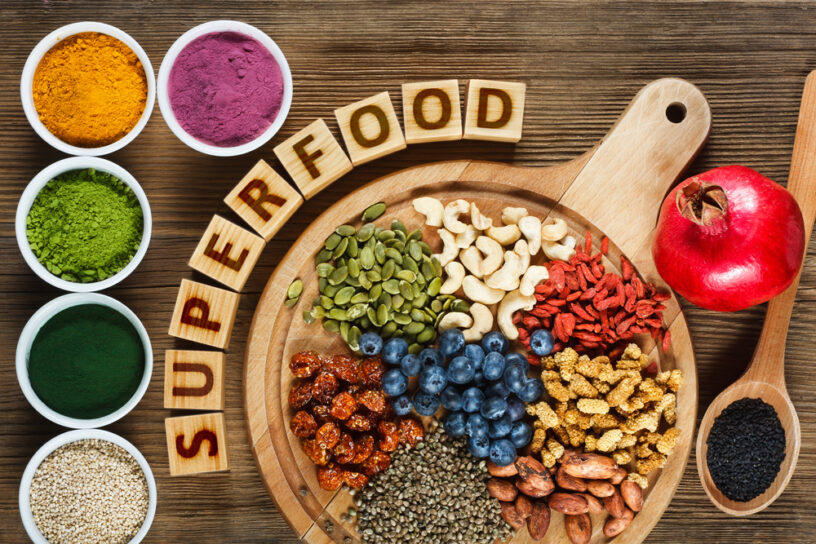
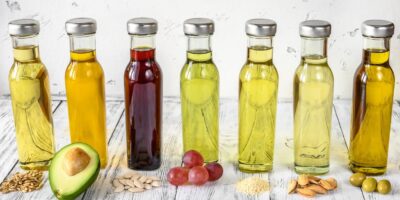
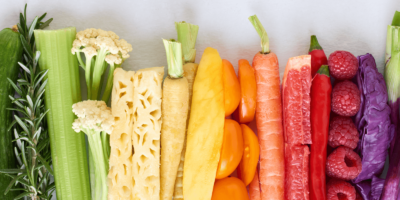


Leave a Reply